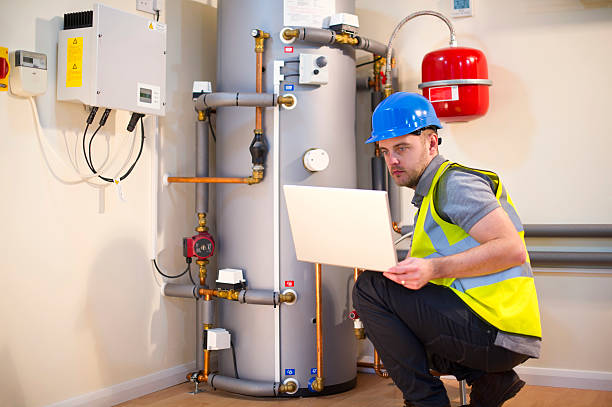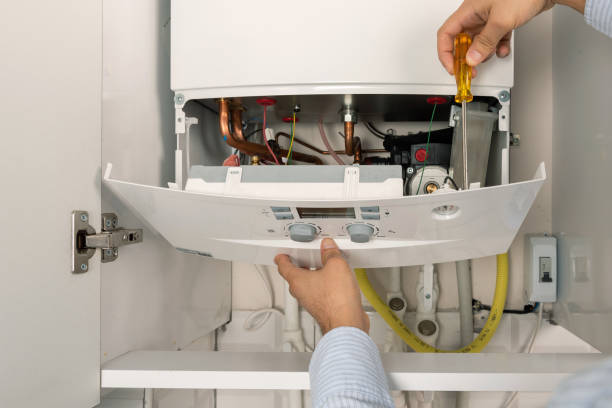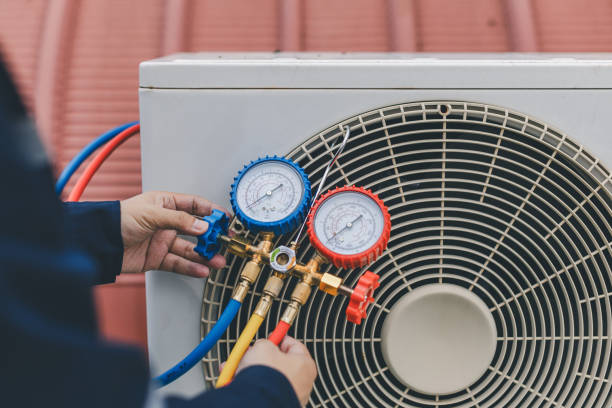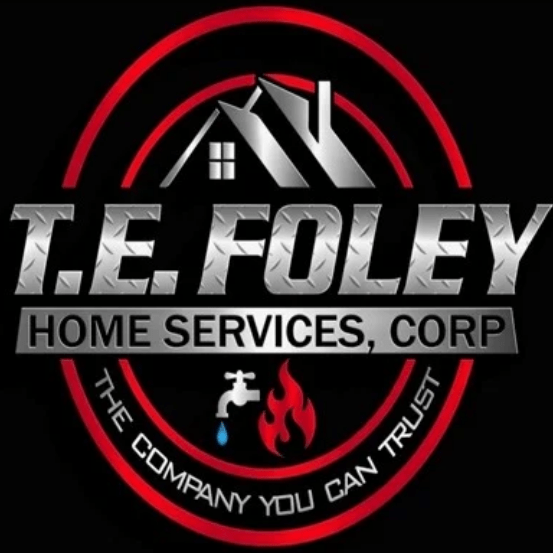Furnace installation plays a crucial role in maintaining the comfort and safety of your home, especially during the cold months. Whether you’re a DIY enthusiast or simply want to understand the overall process, this guide provides detailed steps for the furnace installation process, from start to finish, just as T.E. Foley Home Services does.
Step-by-Step Process in Furnace Installation: From Scratch
Let’s be honest, furnace installation is not an easy task; it’s complicated, as it involves numerous parts and components that must be assembled with professional assistance, or else you’ll experience high energy bills and irregular heating issues from time to time.

Let’s have a look at the furnace installation process, from start to finish.
Before the Installation
This step is often ignored, but it’s crucial to have a top-quality furnace installation quickly and efficiently. In this step, the furnace unit is purchased, and the installation area is thoroughly prepared for the furnace’s installation. Let’s explore the pre-installation process.
- Load Calculation
First things first, you need to thoroughly assess the requirements of your home’s heating system.
You need to ask yourself the following questions;
| How many people are there in the family?Will the installation area be able to bear the load of the furnace?Is the installation area close to the ductwork? |
After thoroughly analyzing, we arrive at the point of determining which furnace unit would best suit your home.
- Remove The Old Furnace
It’s your time to remove the old furnace by slowly disconnecting its wiring from all connected elements, such as ductwork, vent system, and electric or gas connections.
During Installation
Now is the central part of the overall furnace installation process. It involves two major steps: preparing the installation area and then installing a new furnace in the ordinary place.

Let’s discuss in detail the intricacies of furnace installation.
- Preparing the Installation Site
Right before finally installing the furnace in place, it’s time to prepare the installation site.
| Remove any furniture or household items that are located near the site. Ensure that the ductwork is properly insulated to prevent any heat loss. |
- Installing the New Furnace
Now that the installation site is well-prepared, it’s time to bring the furnace unit to the site and start installing it. The new furnace is positioned, leveled, and secured properly; later, it’s connected with the ductwork and the power source, respectively.
After making the secure connections, the furnace is finally installed.
Keep reading to learn about the final phase of the furnace installation process.
After Installation
Now that the furnace has been installed, it’s time to test and verify that the system has been installed correctly and is working properly, ensuring the efficiency and optimal functioning.

Let’s get started.
- Furnace Configuration and Testing
During this step, the furnace is thoroughly tested to ensure it’s working properly. In this step, the furnace is turned on, and its overall operation is checked, including the thermostat, proper airflow, and gas operations.
- Final Inspection/ Customer Orientation
Once it’s confirmed that the complete furnace operations are running smoothly, it’s time for the HVAC contractor to provide specific instructions and guidelines to the homeowners on its operations, and clean up the installation site of any waste.
Furnace Maintenance Tips and Tricks: What You Need to Know!
Installing a furnace professionally isn’t enough; it requires regular maintenance over time to extend its lifespan and enhance the safety and comfort of homeowners for an extended period.
Let’s explore the essential maintenance tips below;
- Regular Maintenance: Schedule regular maintenance checks on your furnace to prevent costly repairs later. Further, ensure that your filters are clean and in working order.
- Thermostat Settings: Verify that your thermostat’s operations are functioning properly, and set your thermostat at a level where it functions efficiently.
- Monitor Performance: Keep an eye on your furnace’s performance and check for any signs of unusual noises, uneven heating, or other issues.
- Proper Ventilation: Ensure the furnace is provided with proper ventilation and that there are no blockages in the vents or ductwork to ensure optimal functioning.
Conclusion
The furnace installation process is quite tricky, as even minor negligence could pose a detrimental impact on the overall safety of your home. That’s why, if you’re seeking to replace or install a new furnace, consult a reliable professional for that matter.
FAQs
How to Prepare for Furnace Installation?
Furnace Installation can be prepared by thoroughly assessing the area before installation, clearing it, and being available at the scheduled time.
Do furnaces need ventilation?
Yes, furnaces require ventilation for the safety of residents. If ventilation isn’t present, harmful gases would accumulate inside the home, posing a safety risk.
Where are the heat pumps used?
Heat pumps are used to provide CO2-free heating and cooling, as well as hot water, in residential and commercial spaces.
